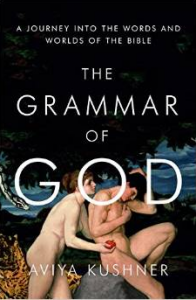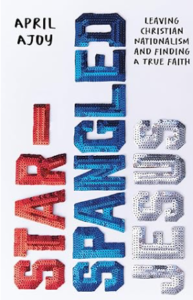I received a complementary copy of this book from Hay House for review purposes. The opinions are completely my own based on my experience.
 Do you wish to live from your creativity, rather than from the survival instincts of your ego? Ph.D. physicist Amit Goswami gives suggestions on how to do that in his new book Quantum Creativity: Think Quantum Be Creative.
Do you wish to live from your creativity, rather than from the survival instincts of your ego? Ph.D. physicist Amit Goswami gives suggestions on how to do that in his new book Quantum Creativity: Think Quantum Be Creative.
Goswami writes in the introduction that Quantum Creativity is based on an earlier book by the same title he wrote for a scholarly audience over a decade ago. Goswami says “this time I’ve written for the layperson interested in seeing creativity, which includes the way we shape our life experience, in an entirely new way.” I felt the author has mixed results in achieving this goal. I found the book difficult to understand in parts due to its academic language. Previous books I have read and reviewed on Quantum Theory for the every day person, such as Joe Dispenza’s Breaking The Habit of Being Yourself and Greg Kuhn’s “Why Quantum Physicists Do Not Fail” were easier for me to understand.
Nevertheless, Quantum Creativity did give me some new insights into how Quantum theory can enhance my creativity. “The quantum self is the experiencer of our intuitive insights into new meanings and new contexts, of the flashes of imagination that cannot be directly derived from prior learning,” writes Goswami. I have found this true in my life, where major shifts in my world view came seemingly out of nowhere, as a result of a series of synchronistic events, and not from anything I learned in school. And in those times I am trying too hard on a project, not making much progress, I can take solace in what Goswami relates about Albert Einstein. He writes, “Einstein once asked a psychologist at Princeton, ‘Why is it I get my best ideas in the morning while I’m shaving?’ The psychologist answered that consciousness needs to let go of its inner controls in order for new ideas to emerge.”
While the movie The Secret was an introduction to quantum principles for many, its lessons were not always applied in the best way, according to Goswami. “One obstacle is that we try to do it all at the ego level of the mind, and for personal advantage,” he writes. “According to a growing school of thought, your intention has a much better chance of being supported by nonlocal quantum consciousness if it serves the greater good.” When I have a creative project a good question to ask myself is “will this be of service to others, or is my motivation the accolades I’ll receive from it?”
“As physicist Niels Bohr once said, if you’re not puzzled by quantum physics, you couldn’t possibly have understood it,” Goswami says. Good. Parts of Quantum Creativity did have me confused. Perhaps when I reread it at a later date the book will have a bigger impact on me. Yet I do think Quantum Creativity has value, especially for those already familiar with quantum theory and looking for deeper insights into expanding their own creative natures.
You can get Quantum Creativity from these sources:



